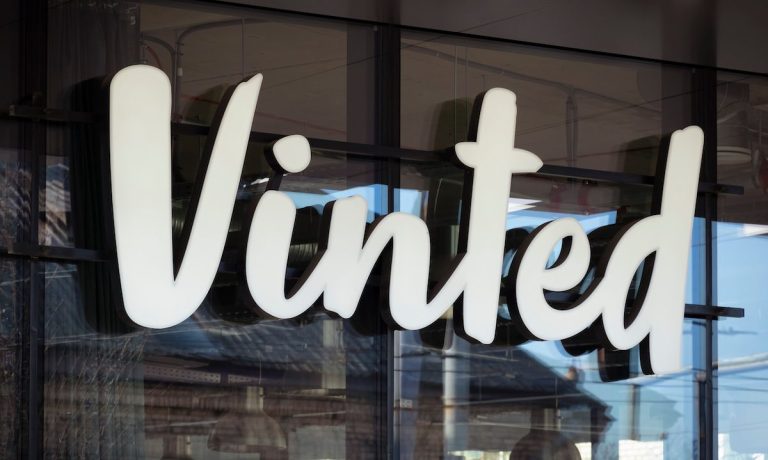Vinted Solves Resale Profitability Problem by Spreading Its Income Sources

As resale marketplaces struggle to turn a profit, Vinted appears to have cracked the code, diversifying its platform to bring in revenue from as many parts of the experience as possible.
The company, a consumer-to-consumer online fashion resale marketplace in Europe, announced Sunday (April 28) that it achieved its first profitable year.
“We have been deploying capital with high ROI for many years, constantly taking into account the financial sustainability of our investments, so I am pleased we are able to now share that we are operating profitably and posted positive EBITDA for 2023,” Vinted Group CEO Thomas Plantenga said in a statement. “… [It] is a strong foundation to continue to build on, as we see many opportunities on the horizon.”
The company cited investments in shipping and payment services as well as its acquisitions as key drivers. For one, it has its Vinted Go shipping service. The platform’s acquisition of Homerr last fall and the expansion of delivery infrastructure indicate a focus on strengthening this revenue stream.
Additionally, Vinted is expanding its presence in payments. Its Electronic Money Institution License enables the development of new such services. The company offers its Vinted Balance secure wallet for payments on the platform.
It has its luxury business, having acquired designer resale firm Rebelle in 2022 and folded it into the company earlier this year.
Consumers increasingly want to shop resale, but leading platforms in the category still struggle to make the economics of the model work. The RealReal shared in its last earnings report that in 2023, its net loss amounted to $168 million, or -31% of total revenue (although by the fourth quarter, it was only $22 million and -15%, respectively). Plus, Thredup shared in its last earnings release that its net loss was $71.2 million — -22% of revenue — and that loss widened to -27% in the fourth quarter.
Taking the U.S. as an example, there is growing demand for secondhand options. PYMNTS Intelligence’s “Consumer Inflation Sentiment Report: Consumers Shop Secondhand Stores as Often as Other Retail,” which drew from a survey of more than 2,300 U.S. consumers in December, found that 43% of consumers bought a secondhand product in 2023. Plus, that share rose to 56% for millennials and 74% for Generation Z.
“There’s definitely pressures on customers wallets, which are impacting the overall industry,” Gayle Tait, CEO of Trove, a white-label resale platform for brands such as Canada Goose and Patagonia, told PYMNTS last week, adding that consumers’ inflationary pressures can be “a positive” for resale, as consumers look for ways to get “high-quality items at more accessible price points.”
Adoption of resale platforms may continue to grow as consumers’ anxieties about their financial standing continue. The PYMNTS Intelligence report “New Reality Check: The Paycheck-to-Paycheck Report: Pessimism About Pay Rises Offsets the Effect of Falling Inflation” found that 83% of consumers said they are at least somewhat concerned about near-term economic conditions. Plus, 62% of consumers said they do not expect their income to increase at least on par with inflation.
For all PYMNTS retail coverage, subscribe to the daily Retail Newsletter.